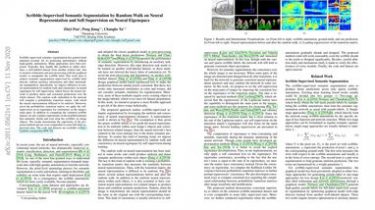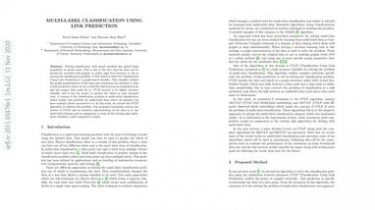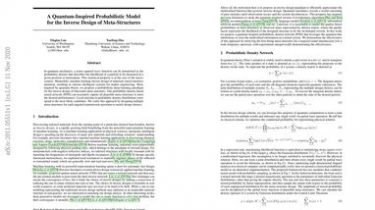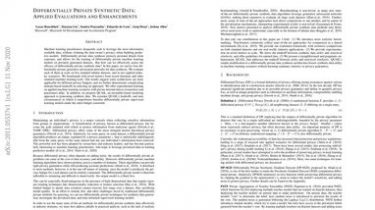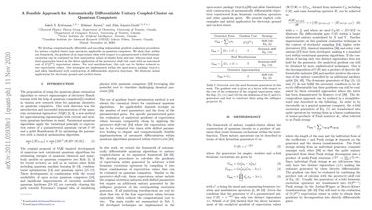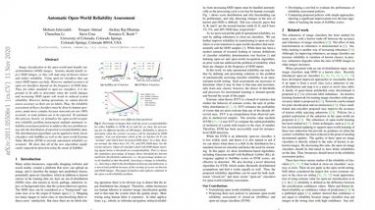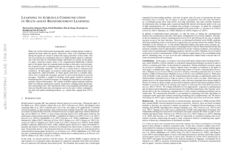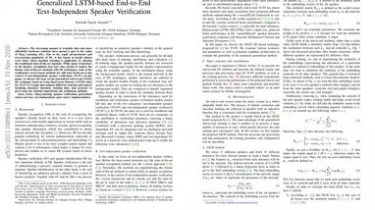Scribble-Supervised Semantic Segmentation by Random Walk on Neural Representation and Self-Supervision on Neural Eigenspa
Scribble-supervised semantic segmentation has gained much attention recently for its promising performance without high-quality annotations. Many approaches have been proposed… Typically, they handle this problem to either introduce a well-labeled dataset from another related task, turn to iterative refinement and post-processing with the graphical model, or manipulate the scribble label. This work aims to achieve semantic segmentation supervised by scribble label directly without auxiliary information and other intermediate manipulation. Specifically, we impose diffusion on neural representation by random walk and […]
Read more